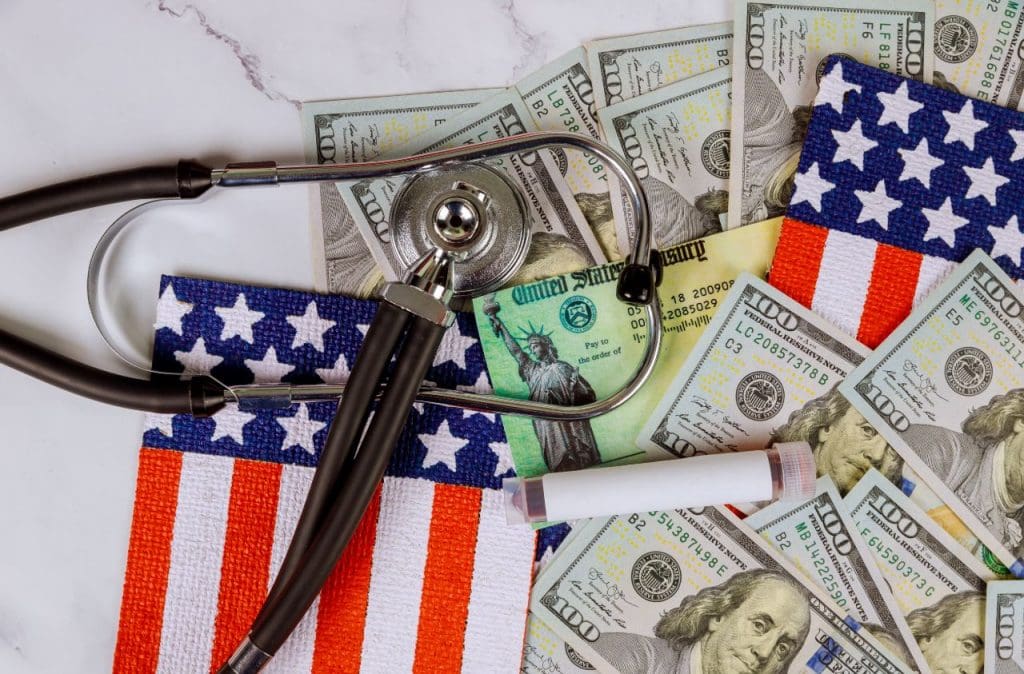Letter from America – May 2020

Get Ready to Face a New Economy
SANTA FE, New Mexico—Covid-19 is fast changing the U.S economy, forcing a re-think of globalization and supply chain dependence, and turning the world of brick-and-mortar retail topsy-turvy.
No one knows when the global economy will begin to ‘normalize’, as the experts like to say, and certainly no one knows with any certainty what the ‘New Economy’ will look like. I suspect the same is true in Australia.
But yes, in so many unknown ways, we will have a New Economy, and anyone who thinks the bicycle sector will return as we once knew it is mistaken. Let me frame it this way. No matter whether you’re a retailer, distributor, supplier, manufacturer or consumer, you’re conserving your cash right now. Prudence and fear drive cash preservation.
Orders are being canceled or trimmed, demands for improved margins are growing, and dealers are reviewing their supplier contracts. Look for fewer SKUs and lower available inventory from suppliers. Layoffs, no matter what sector, are a fact. Staff reductions will force reorganization. That will lead to greater efficiencies. Fewer of those laid off will come back to work. Many industry not-for-profits (such as People for Bikes in the USA and We Ride Australia) will face a significant cash-flow crunch as companies, mostly the suppliers who fund them, cut back their financial support.
More importantly for the U.S. industry, it is white males over 50, well-educated with disposable income, who for years have propped up sales of high-end bikes and accessories. Perhaps no longer. Retirement portfolios and other investments are taking a beating, and that could further constrain future spending on the industry’s highest margin products. They will sit on their money.
As the U.S. industry’s longtime reliance on high-end IBD sales fast crumbles, a growing number of consumers are heading online to find low-priced e-bikes, denting earlier expectations that IBD-quality e-bike sales—priced too high for too many consumers—would help reshape the dealer landscape.

Here are some other points to consider as the industry looks to its New Economy:
- Some industry executives privately concede that 20 percent or more of the nation’s IBDs could permanently shut their doors. No one knows with any precision how many IBDs currently comprise the retail sector—numbers range from a high of 7,000 (unlikely) to a more modest 4,000 to 5,000. But it depends upon how an IBD is defined. Is a one-man mobile operation an IBD? There’s complexity here, so you be the judge.
- A big unknown is whether those closed storefronts would re-open as entrepreneurs see an unfilled opportunity. Or will companies like Trek and Giant, which have made no secret of their ambitions to become more vertically integrated through debt-equity conversion take overs, step in and re-open them? Will a more entrepreneurial dealer in the same market expend his or her capital to take on additional risk and open another storefront? Or will operations like REI, Dick’s, Scheels and other multi-channel and multi-product retailers, which have financial resources and scale to weather this New Economy, be the big winners?
- Nonetheless, there will be a shakeout among brick-and-mortar only operators. Some of these store fronts, owned by dealers of a certain age, will simply close their doors—too old and too tired to battle a newly challenging economic environment. Others will close—strapped for cash and deep in debt to key suppliers—and it may make little difference what the government offers in stimulus or payroll protection. The effort to stay afloat may not be worth the struggle as a deep recession and weak consumer spending drags on. And it will.
- As bicycle retailing at the street level contracts, it will ripple throughout the industry. Even small, under-capitalized shops buy stuff from distributors and suppliers. Such sales will dry up and the impact will slowly spread throughout the supply chain. Can an expansion of online sales counteract that trend? Good question. I wish I could answer it. But I suspect at some level it will.
- Still, traditional retail, including bicycle retailing, is swiftly undergoing a shift to online sales as it is in most retail sectors. Whether it’s bicycles of all types or the most mundane of products populating store shelves, online retail has swiftly come of age. One economist put it this way: What would have taken three years has happened in three months. That shift will be permanent and it’s unclear how IBDs, those who survive in this New Economy, will recoup sales lost online.
- More importantly, and perhaps more worrisome for IBDs, has been the rapid expansion of so-called ‘click-and-collect’ programs. In the past, I’ve referred to these programs as a ‘stalking horse’ whereby suppliers learn the intricate dance of pre-shipment quality control and at some point cut IBDs out entirely. Cost savings, as well as risk moderation and tighter inventory control, could be enormous. Big Data has given suppliers direct contact with consumers. Would those suppliers continue to ‘subsidize’ IBDs (think middlemen) by selling bikes or other products to consumers who then must arrange with a dealer to either pick it up or have it delivered?
- Of late there’s been some muted ‘happy talk’ about a new era for cycling. Some U.S. stores, depending upon the location and state rules for social distancing, have seen sales soar as consumers bring in beaters for repair or purchase kids and entry-level bicycles. Some U.S. cities have closed streets so people could walk and cycle to recreate during lockdown. Some essential workers are riding bikes so as to avoid public transit.
The hope is that a certain percentage of these new-found enthusiasts will embrace cycling and spark a long-term interest in the activity. But I’m doubtful of a significant renaissance in the joys of two wheels. Here’s why. Economists have a phrase, ‘reversion to the mean.’ It’s seldom brought up. If you skip the arcane muddle of verbal explanations, it simply says that an extreme event (COVID-19) is likely to be followed by a less extreme event. In other words, many U.S. consumers who have taken up cycling amidst social distancing are unlikely to continue. Old habits are hard to break.
Still, no pandemic is going to kill the bicycle industry. At heart, I’m an optimist and not a Cassandra. But there’s no question that the industry must adapt to a New Economy. And that may take months if not years. Let’s not allow extreme efficiency to come at the risk of resilience as the industry reshapes over time.
Marc Sani is the co-founding Publisher of the leading USA based bicycle trade publication, Bicycle Retailer and Industry News.
